- What exactly is a Thai Stick?
- Were The Best Thai Sticks produced in the 70s?
- Do Thai Sticks Still Exist?
- Hold on though!
- How To Make Your Own Thai Stick
- Thai Stick FAQs
- Can I skip some of the curing processes when growing Thai Stick?
- How much weed should I use when making a Thai Stick?
- How much hash oil do I need to use in the process?
- How long will an average-sized Thai Stick burn for?
- Is there a certain strain that works well with Thai Sticks?
- How do I light a Thai Stick?
- Conclusion
The original Thai sticks come from Thailand, in particular the Mountainous region of Mae Hong Son in the north of the country bordering Myanmar. The weed used to make them is a native landrace of Cannabis Sativa that has grown wild in the region for thousands of years. But there is much more to these famous weed products, lets explore this more.
While the exact origins and dates may be lost to time, the legend of the "Thai Stick" lives on, even decades after they were last seen. And while the local Thai population had been enjoying Thai Sticks for hundreds, if not thousands of years, they were only first introduced to westerners during the Vietnam war. The allied forces were using Thailand as the main R&R port for the majority of the drawn-out engagement, and the soldiers needed a spot to relax and blow off some steam.
Unsurprisingly, Thai Sticks quickly became a favorite of the western GIs. They were much more potent than anything that had been seen in Europe, the USA, or Australia up to that point - which meant that enterprising grunts saw an opportunity and subsequently exported the Thai Stick throughout the western world in the 60s and 70s. The humble Thai Stick holds a special place in the hearts and minds of many an older stoner. Even though the younger generations may never have had the opportunity to smoke the legendary offering from the sunny southeast paradise, most will be familiar with the term. Find a group of old hippies recounting tales of the "good old days", and you will quickly run into whispers of the majesty of the original Thai Stick
What exactly is a Thai Stick?
Let's try to clear up any misunderstandings. A Thai Stick is a cannabis cigar, but at times the term was also used for the original Thai landrace cannabis variety that was used to create a Thai Stick. In general, this landrace strain was simply referred to as "Thai" but it was also known as "Thai Stick. Confusing stuff indeed. At the time of the Vietnam war, they were produced mostly in the northern mountain ranges of Thailand by the indigenous hill tribe people of the area.
Weed is thought to have been introduced into the area from neighboring India, as the local term for weed primarily used is Ganga, which mirrors India's local term. India has a rich and documented history of cannabis usage as both a medicine and a recreational additive stretching back more than a millennium, so it's safe to assume that cannabis has been cultivated in the South East Asian nations for almost as long.
Were The Best Thai Sticks produced in the 70s?
Another hard-to-answer question, as there was really only a two-decade-long period where Thai Sticks were available to the western market, but it is safe to assume that the genuine Thai Sticks of the 70s were the best the country ever produced.
The Thai landrace variety that was used to create Thai Sticks was indigenous to the northern mountain ranges of Thailand and was 100% Sativa and was known for its incredibly high levels of THC. In fact, at the time there were constant rumors floating about of Thai Sticks that had been dipped in opium. These were most likely nothing more than Chinese whispers, helped along by the high THC content and the lack of good weed available at the time.
The quality of cannabis throughout the western world at the time was laughable when compared to today's standards. While the plant had been selectively bred for generations, the levels of both cannabinoids and the terpene profiles were very much stunted in comparison to what is available today. At the time, Thai ganga was up there with the best cultivars available worldwide, which created a huge demand. This was only bolstered by the counter-culture explosion of the 60s and 70s, with the popularity of weed skyrocketing to levels unheard of previously.
Do Thai Sticks Still Exist?
The simple answer is no, at least not in the form that was so popular during the 60s and 70s. However the native strain that was most commonly used to create them was kept alive throughout the 80’s and 90’s by locals. It has used as both a breeding line and maintained as seeds some breeders and can still be grown if you have the climate and the desire.
The cannabis industry has changed drastically since true Thai Sticks were last seen on western shores, with advances in both cannabis breeding and cultivation practices resulting in some of the highest-quality cannabis ever seen. While it is possible to find cannabis that is grown in Thailand (especially since the huge shift in cannabis legislation in the last few months in Thailand with the decriminalisation of Cannabis and its cultivation), it is very unlikely that you will come across anything resembling the Thai Sticks of old.
The Thai Stick widely met its demise in 1979, when Thailand enacted its own Narcotics Act, which prohibited all forms of cannabis usage. Anyone convicted of producing, exporting, or importing Thai marijuana under the Act was liable for imprisonment of between two and fifteen years and/or a fine of up to one million Thai baht (up to $40,000 USD). This was a huge step up in risk for the cannabis producers and pushed production to neighbor Cambodia and Laos.
Hold on though!
While the original That Stick's may be lost to the sands of time, there has been a recent resurgence of cannabis cigars. These can be produced in a couple of different ways, but there are most definitely products being made in the same way as the good old Thai Stick once was. The difference is that these have been mostly produced in Canada and the USA using a wide range of strains and extracts. As mentioned above, Thailand has recently gone through a huge shift in cannabis policy, so fingers crossed we will soon be seeing true Thai Sticks available for sale, even if the landrace strain may no longer be widely available in Thailand.
How To Make Your Own Thai Stick
This is where the fun really starts. Making a Thai Stick is a slow process, but it's actually pretty straightforward. all you need is a few basic pieces of equipment, a bunch of weed, and even more patience. If you are looking for a quick project that can be knocked out in a couple of hours then this might not be the best route to go down, but if you want to make your very own cannabis cigars there are a few better ways! We recommend making multiple Thai Sticks at once though, as the end result will make the slow process much more worth all the effort.
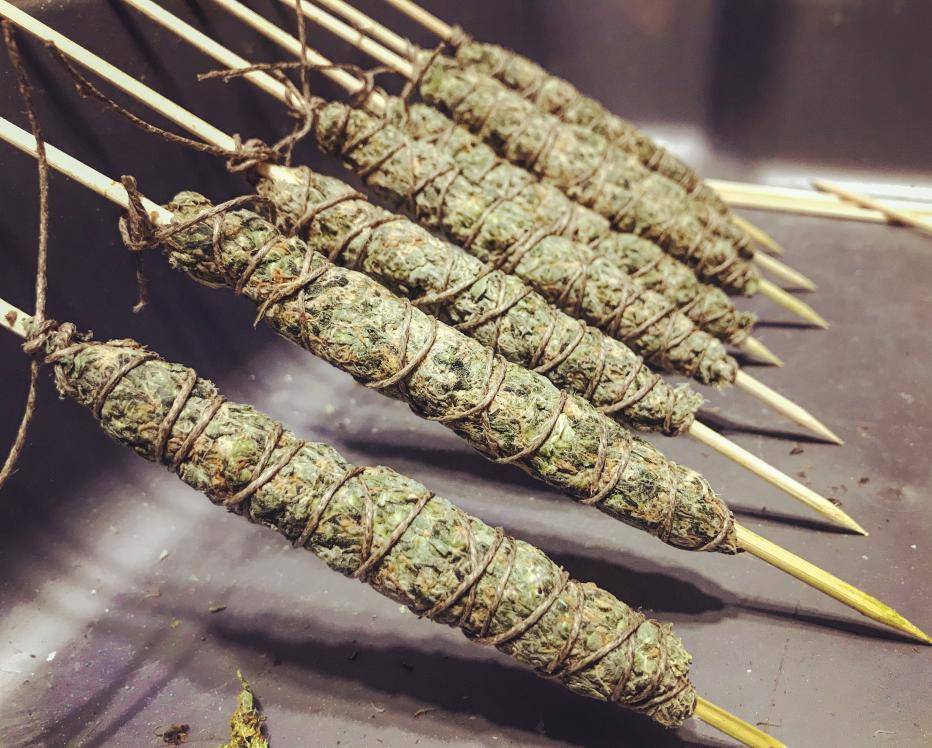
To begin, head out and grab the following:
- Your favorite kind of bud. You'll need a good couple of grams for each stick, but the amount is really up to you.
- Hash oil, terp sauce, or sugar water.
- Bamboo skewers - the ones you find at a grocery store for small kebabs will work just fine.
- Hemp wick, or soft twine.
- Parchment paper (that's baking paper for you commonwealth folk)
- 3 freshly picked fan leaves per cigar.
- Any kief, extract, or terp sauce you wish to add (totally optional)
- A food vacuum sealer (optional, but helps with the compression process a lot)
- A large, nonstick fry pan and heat source
Once you have been able to gather all the necessary items, the method is as follows:
- First things first, coat the bamboo skewer with the hash oil, terp sauce, or sugar water. You don't need to go overboard here, but make sure the whole stick has a nice, even coating applied.
- You can either skewer the buds in place or just press them directly onto the bamboo stick. If pressing, give them a good firm press to make sure they don't fall straight off. While we do usually prefer dense buds for personal consumption, fluffier and softer buds actually work super well for making Thai Sticks as they are easier to compress onto the bamboo skewer and easily fill in any gaps.
- You want to make an even covering along the bamboo skewer about 4 to 6 inches long. The thickness is really up to you, but a true Thai Stick was usually about the size of a cigar
- If you want you can give it a light coating with hash oil at this point, but it is certainly not necessary.
- Wrap the whole thing up with the hemp wick, and make sure this is tight. You want to help squish the bud onto the bamboo stick.
- Wrap the whole thing up with parchment paper and if you have a vacuum sealer handy then seal that bad boy up. This will help with the compression process, and while not totally necessary it is recommended. No vacuum sealer? No worries! Chuck the whole thing into a zip lock bag and suck as much of the air out as possible. Store in the fridge for 2 to 3 days. This is the first stage in the multi-level curing process. This helps remove the moisture in the Thai Stick which prevents any mold issues from arising, enhances the flavor, and ensures the stick sets and hardens.
- Next up, remove the package from the fridge and carefully unwrap the parchment paper and the hemp wick. You want all of the bud to stay stuck to the bamboo skewer here, so slow and steady is the name of the game. Once more, coat the cylinder of sticky-icky with some hash oil and wrap a fresh fan leaf around the whole thing. don't have any hash oil? Use some CBD oil instead!
- Normally at this point, you would place the stick back into the parchment paper and vacuum seal, and back in the fridge it would go for another 3-day cure. This really slows the whole process down though, so many modern-day cannabis cigar makers will speed things up here by wrapping all three fan leaves at once, with a coating of hash or CBD oil in between each leaf.
- To speed things up a little further, wrap it up with the parchment paper again, but before you vacuum seal this time place it into the hot frypan for a few seconds on each side. This allows for the hash oil to liquefy once more and penetrate all the little cracks and crevices which creates a super tight seal throughout the entire cannabis cigar.
- Pull it out of that parchment paper, wrap it up tightly with the hemp wick once again and a new piece of parchment paper, vacuum seal that son of a gun and chuck it back into the fridge for another 3 day period.
- No, if you want to follow the traditional route then you are going to have to go outside and dig a hole. No, we aren't starting a new crop. The OG Thai Sticks were buried underground for a month to allow for a full cure to take place and to help with compression, but with modern vacuum sealers, this isn't really necessary. You can simply leave it in the fridge for a few weeks and the job will be done! This slow, cold curing is what helps reduce the amount of chlorophyll in both the buds and fan leaves, which heavily reduces the harshness of the final product.
- Whenever you feel like this curing is finished, simply unwrap the entire thing, carefully and slowly pull the skewer out from the middle of the Thai Stick, and spark up. Remember, this is a cannabis cigar - so be very careful with lighting it. Just like the rest of the process, slow and steady is the name of the game. It would be a crying shame to go to all this effort and wreck the whole thing by rushing the lighting process.
Thai Stick FAQs
Can I skip some of the curing processes when growing Thai Stick?
100%, but keep in mind that the curing process is what gives a Thai Stick its characteristic smoothness. As with any cannabis flower product, the curing process really is half the battle and will account for a lot of the terpene and cannabinoid maturation. While the method that we have recommended does skip 2 of the original curing stages, if you are patient at the end and let the stick mature underground or in the fridge for a 2 to 4-week period then you will surely be happy with the result. One of the main reasons why Thai Sticks became so popular (apart from the strength of the high) was their famed smoothness.
Why don't you make a bunch at the same time, and try them at different stages to see what you like the best? you can try one 2 days after you wrap the fan leaves, then one a week after, one 2 weeks after, and finally one after the month-long curing process has finished.
How much weed should I use when making a Thai Stick?
That's really up to you, but we think that at the bare minimum you should look at using about 2 grams. this will supply you with about cannabis cigar that is about 4 inches long and about the thickness of a standard ballpoint pen.
For a chunky, decent-sized Thai Stick you should be looking at strapping on about 4.5 grams of bud. But if you want a Thai Stick that is super impressive you should be using more like 7.5 to 8 grams.
How much hash oil do I need to use in the process?
Again, that's in your hands. the bare minimum is enough to coat the bamboo stick at the beginning, and then some for each fan leaf wrap. Half a gram at minimum is a good amount to keep in mind.
If you want to keep the THC levels down a little then you can always swap out hash oil for CBD oil, which will also boost the medicinal effects. The other option is to use a sugar water solution, but be very careful here as this will slow the curing process and increase the chance of mold issues popping up.
How long will an average-sized Thai Stick burn for?
This is a hard one to answer without knowing exactly what you have put into your weed cigar, but as a general guide, a 4.5 gram Thai Stick with half a gram of hash oil added should burn for 1 to 3 hours. Just remember, depending on the strength of the bud used, this is going to be one of the most potent things you have ever lit up!
Is there a certain strain that works well with Thai Sticks?
Ideally you should be using the Thai Stick strain or a landrace sativa. But really any strain will work for making a cannabis cigar, bud not every bud is suitable. Actually, the higher grade, denser buds that come from the main colas are not the most desirable for this process.
Thai Stick making is a great hobby for any cannabis cultivator, especially if you are growing multiple plants. Any grower with at least a small amount of experience knows that every plant is going to produce what are known as popcorn buds, especially if you haven't done a bunch of plant training and pruning. Cannabis cigars are a great way of using up these 2nd class buds, as they provide a little more airflow which helps with getting an even burn.
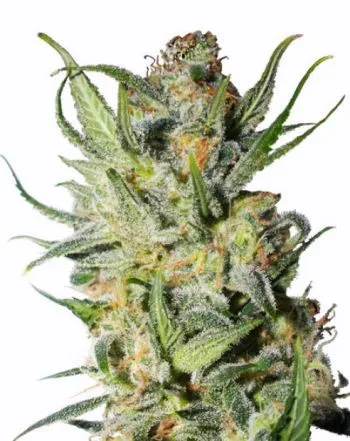

| THC % | 16%-19% |
|---|---|
| Flowering Time | 12-14 Weeks |
| Outdoor harvest | Early October |
| Yield | 300-400gr/m² |
| Height | Tall: 180cm-220cm |
| CBD Content | <1% |
| Medical Conditions | Depression, Stress |
| Seed Type | Feminized |
| Genetics | Californian Skunk x Thai Genetics |
| Taste | Tobacco, Woody, Earthy |
| Terpene | Caryophyllene, Myrcene, Limonene |
How do I light a Thai Stick?
Think of a Thai Stick the same way as you would a normal tobacco cigar. The thicker it is, the slower and more carefully you should light it. When you remove the bamboo skewer you will be left with a hole running all the way down the middle which provides optimal airflow, but also mean you have to be extra careful in the lighting stage as this area can light up quicker than the rest of the Thai Stick.
We recommend using a torch lighter and to not puff at all until you see the end of the cannagar (yes, that's the shortened name for a cannabis cigar) glowing red. Then proceed carefully while constantly checking that it is burning evenly.
Conclusion
So, while you may never have the opportunity to smoke a genuine, original Thai Stick from the 70s - you can at least take solace in the fact that the cannabis industry has come a long way since then and that the weed you are smoking today is of a much higher quality than anything your hippy predecessors were ever able to get their hands on.
If you are lucky enough to live in an area where cannabis is fully legal then there is a high chance that you will have the opportunity to buy a cannabis cigar from your local dispensary. if not, grow your own and get to rolling!
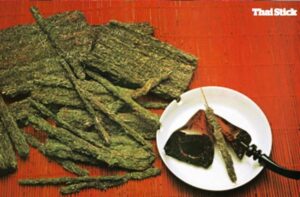

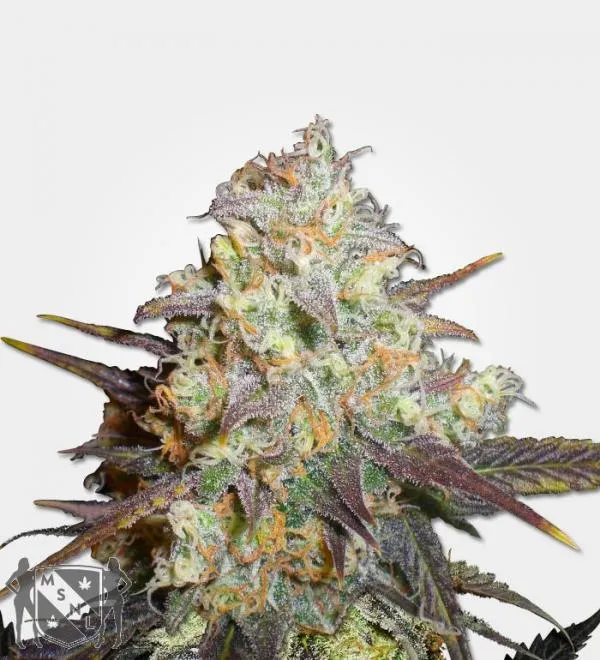
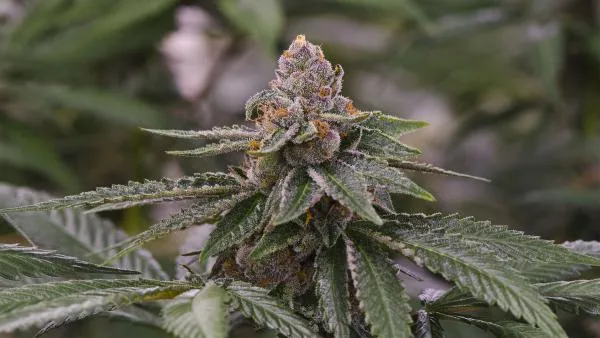
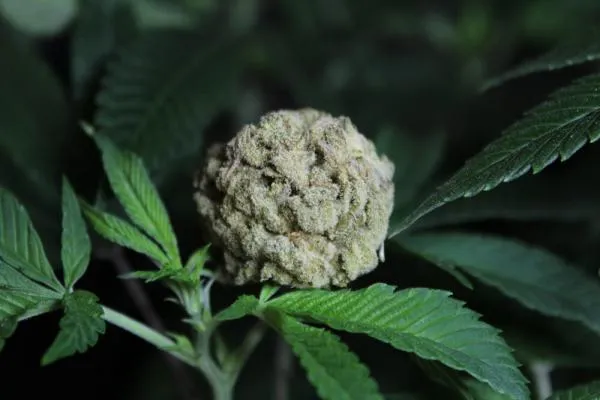
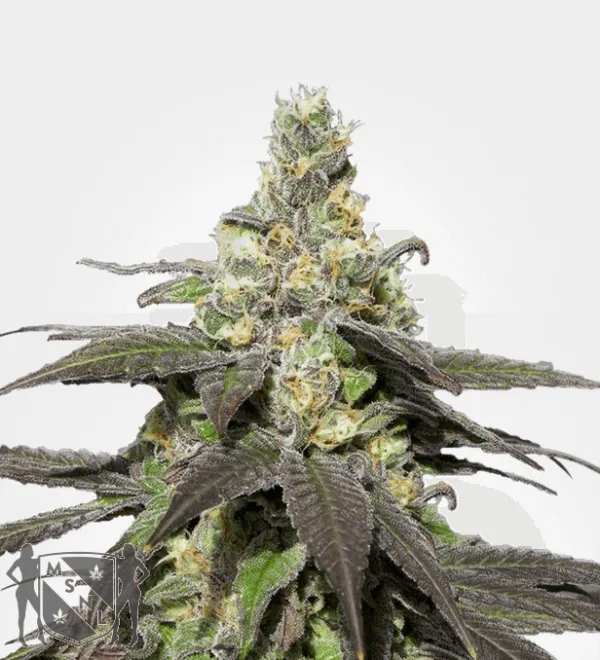
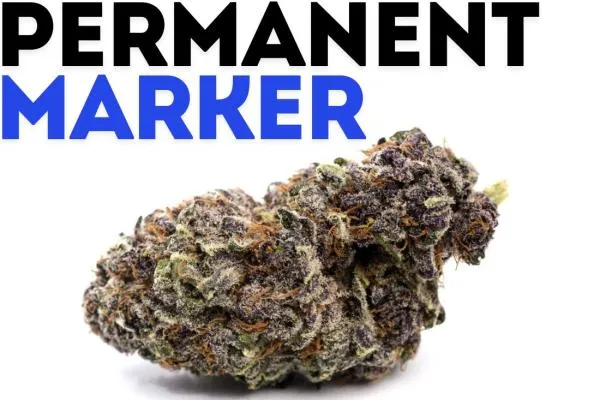
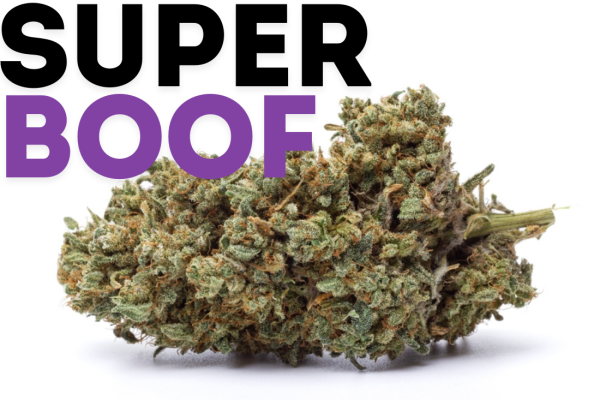
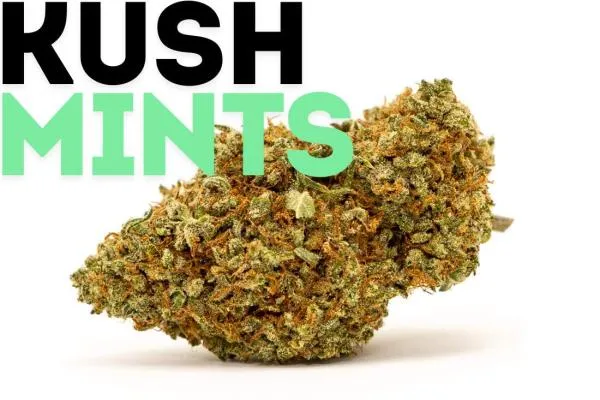
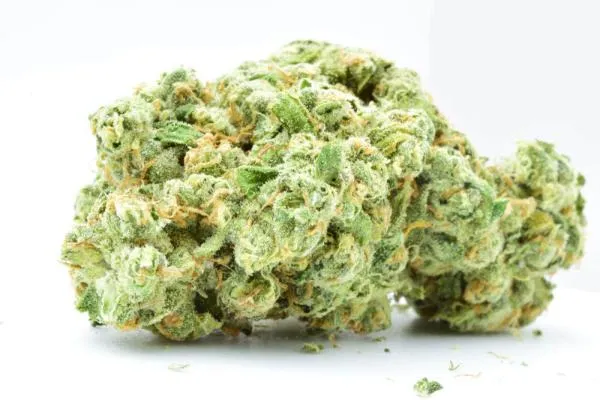


I am assuming that what you are selling are also Hybrids of Thai weed. Am I correct? The seed I believe I purchased from you have been harvested and check out at about 18%. I am now calculating the Dose after I have Infused coconut oil with the goods.
An aside if I may; The bud we smoked in Thailand was much more moist than what is commonly sold in the stores where it is legal today. I will give serious consideration to purchasing some if they are still available in the spring.